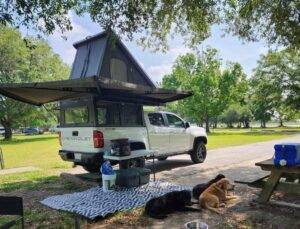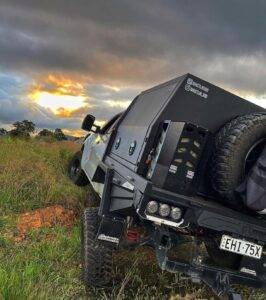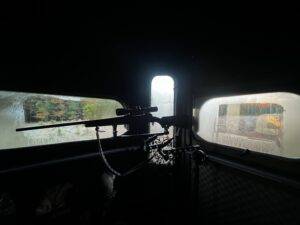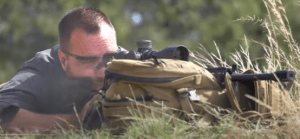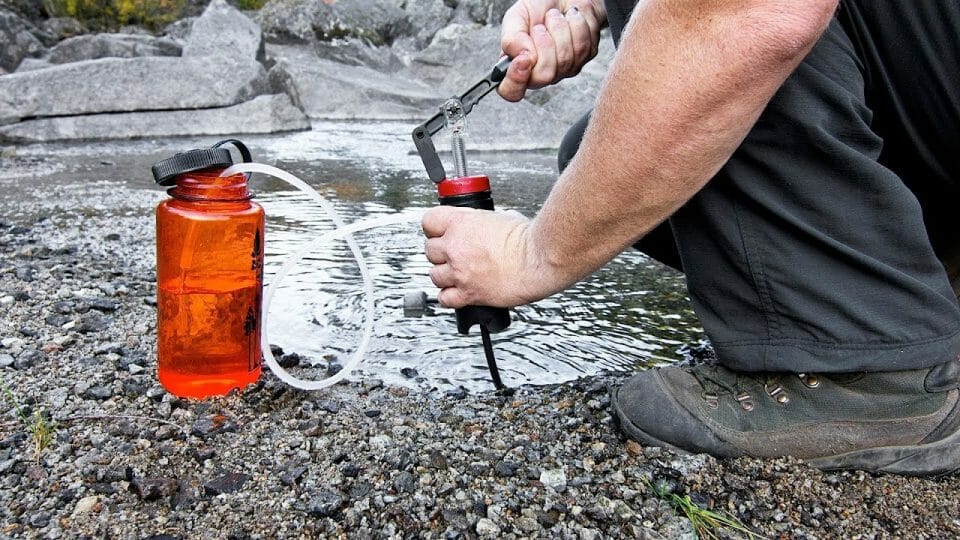
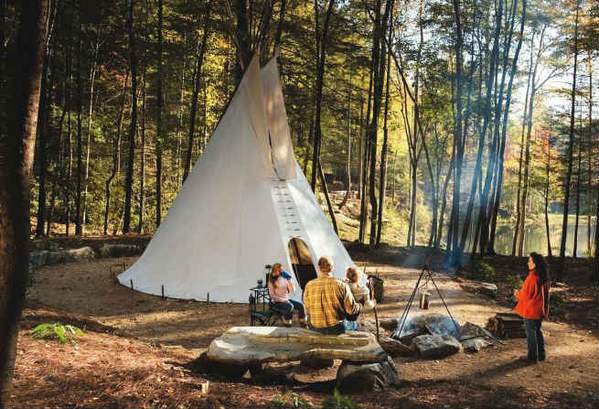
Waterborne diseases have been prevalent in many countries, and if you’re not too clued up about this, for any traveler, it can be hazardous, even life-threatening at times. Pathogenic micro-organisms travel through water from an array of sources such as dirt, urine, waste, garbage, chemicals, to name a few. It can originate from various places too, such as showers, baths, kitchens, buildings, and many places that we don’t even know about.
These types of diseases have severe symptoms such as constant diarrhea and vomiting, eye problems, ear, and skin issues. For those that are frequent travelers, this comes as no surprise, because of the knowledge base that’s available both online and in libraries where people can do their homework. Typhoid, Hepatitis A, Cholera and Dysentery, are just some of the diseases that are caused by poor hygiene, not washing your hands properly and drinking dirty contaminated water, they can lead to a series of different irreversible side-effects that can ultimately lead to death, if not treated promptly. If you’re interested to learn more about these click here.
When your out in nature and the thought of being so close to catching a disease and not having the resources to get to the nearest doctor or hospital, you start thinking like a survivalist!
Geared at the Newbies
This article, however, is aimed at those that are excited at the possibilities of going camping or traveling and taking hikes for days but are not sure how to go about solving the crisis of having to drink plenty of liquids when out and about in the forest or mountains and not getting a waterborne disease from some or other bacteria such as Salmonella or E.coli.
This article is packed with a few tips and tricks on how to purify your liquids to survive the outdoors like a pro!
There are a few conventional quick and easy methods that can be implemented to clean any drinkables to drink or cook with. A good idea would be to ‘practice’ these methods a few days before you decide to take your trip. Some of these include:
Chlorine and Iodine Chemical Based Treatments: Are typically the most effective of all the treatments, because they treat against any germs, however, this method does not remove any sediments, and the elements need to be left in the container for a few hours to clean it enough to kill any pathogens. Fair warning – it does not taste so good. Learn how to purify your water a day or two before you decide to go traveling so you can be sure you’ve done it correctly. One online ‘how-to’ source to check out is this one https://www.survivopedia.com/how-to-purify-water-with-iodine/
Neutralizing Tablets: Removes any foul taste in liquids that may have been dealt with iodine previously so it’s more palatable to drink. These tablets can be used with any filtration system.
Boiling Any Substances: This tends to kill any harmful pathogens or organisms. All you need for this is some sort of pan and a heating source. Make sure the pan can be heated and is boiling.

If none of these above methods appeal to you, there are some easier and less tedious methods to go with that are quicker and don’t need much effort to purify water when your out in the bushes. So, for those tech-buffs who don’t like to waste any time boiling water or dropping tablets in a bottle and waiting for an hour, there are Water filter Units. Some of the best ones can be found in online stores or sources such as SurvivalMethods, where you can find top-shelf items that can purify anything within minutes.
These work with a pump system and have built-in Pentacell filters that are coupled with microfiltration iodinated resin, plus a carbon filter that makes for a highly-effective filtration process that removes the tiniest sediments and harmful bacteria. The way to use this through a simple bottle and straw methodology.
Possibly one of the easiest things to carry and least problematic equipment’s to handle. They can carry up to 10 liters of drinkables at a time, so if you’re out camping with your family, this should be a good size for you. Known to remove up to 99.9% of bacteria from any source of water, this would be our recommendation for the newbies, hands down.
Ask Yourself A Few Simple Questions
Choosing the best one involves some careful searching and personal questioning. Things you will need to ask yourself before making such purchases are:
- How Easy it is to use?
- How many people are going camping/hiking? The group size will depend on the average person drinking between 2 to 3 liters a day.
- Is it easy to carry i.e. check the weight and size of the complete unit –bottle and filter included. The last thing you want to do is lug heavy things around with you and not enjoy your trip.
- Which sources of replenishments will you be surrounded by? In most places, sources such as cold springs and glaciers have very limited contamination at any given time, so taking a simple water purification system may be the ideal option.
It is true what they say – H20 is life! When you’re in dire straits and need to drink water and there is none around or no clean sources around. Then you realize how important it can be. To be well-equipped, rather more than less, when going on a trip like camping.

